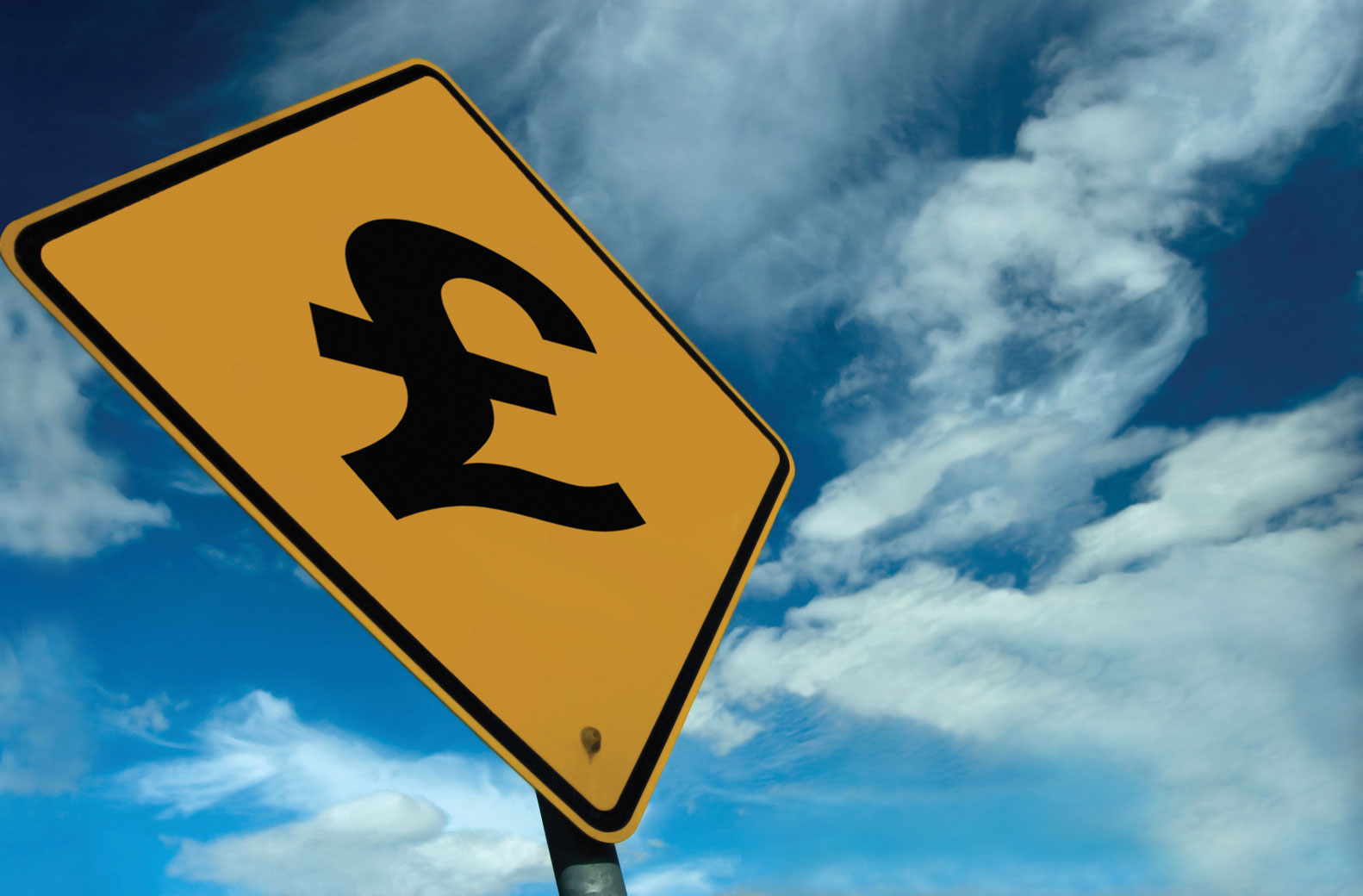News
NS&I to launch new 2.2% savings bond next spring

Chancellor Philip Hammond has announced the launch of a new ‘market leading’ savings bond through NS&I.
More details will be announced at the Budget in March, but Hammond said it will pay around 2.2% gross for a term of three years.
“Savers will be able to deposit up to £3,000, and we expect around two million people to benefit,” Hammond said in his Autumn Statement speech today.
The new bond will be available for 12 months from spring 2017 and will be available to anyone aged 16 and over.
The Chancellor said the initiative will help those who rely on income from modest savings to get by.
“Low interest rates have helped our economy recover, but they’ve significantly reduced the interest people can earn on their cash savings,” he said.
Danny Cox, chartered financial plannerat Hargreaves Lansdown, called the new bond a “decent gesture”.
“We saw from the popularity of the NS&I “pensioner” bonds introduced back in January 2015, how savers are desperate for a better return on their cash. With no end to low interest rates in sight a new bond aiming to pay 2.2% over 3 years and a limit of £3,000 is a decent gesture, but with inflation rising and heading toward 3%, it’s unlikely money in this new bond will do anything but go backwards,” he said.
Susan Hannums, director of independent savings adviser Savingschampion.co.uk, said: “While we welcome any measure to help savers and are pleased that the government continues to recognise that savers desperately need support, the indicative rate of 2.2% is not enough to get long-suffering savers overly excited, especially when the maximum investment is £3,000. Over the three years, that would give a total return of just over £202 – not something to be sniffed at, but for many savers, not necessarily worth the time on the paperwork either.
“And when you take into account that inflation is expected to rise to 2.7% by this time next year savers risk earning even less in real terms.”